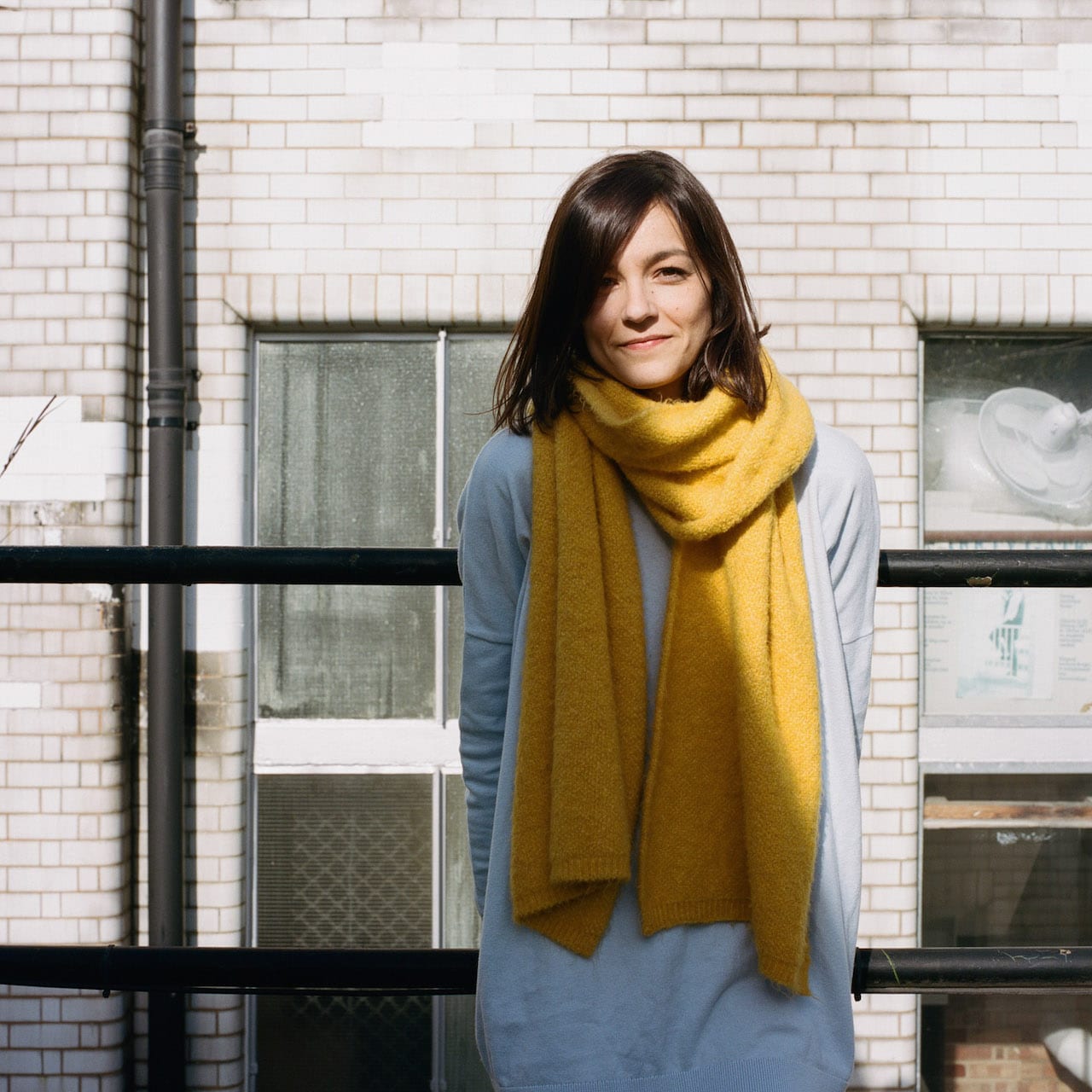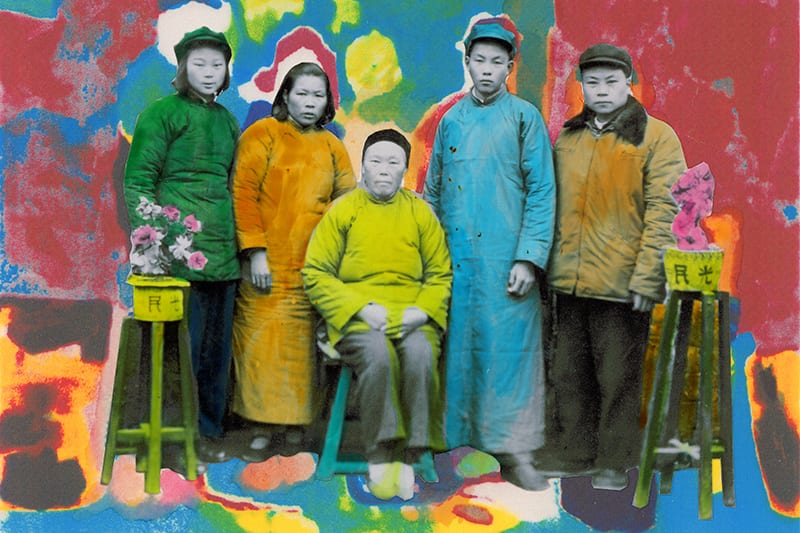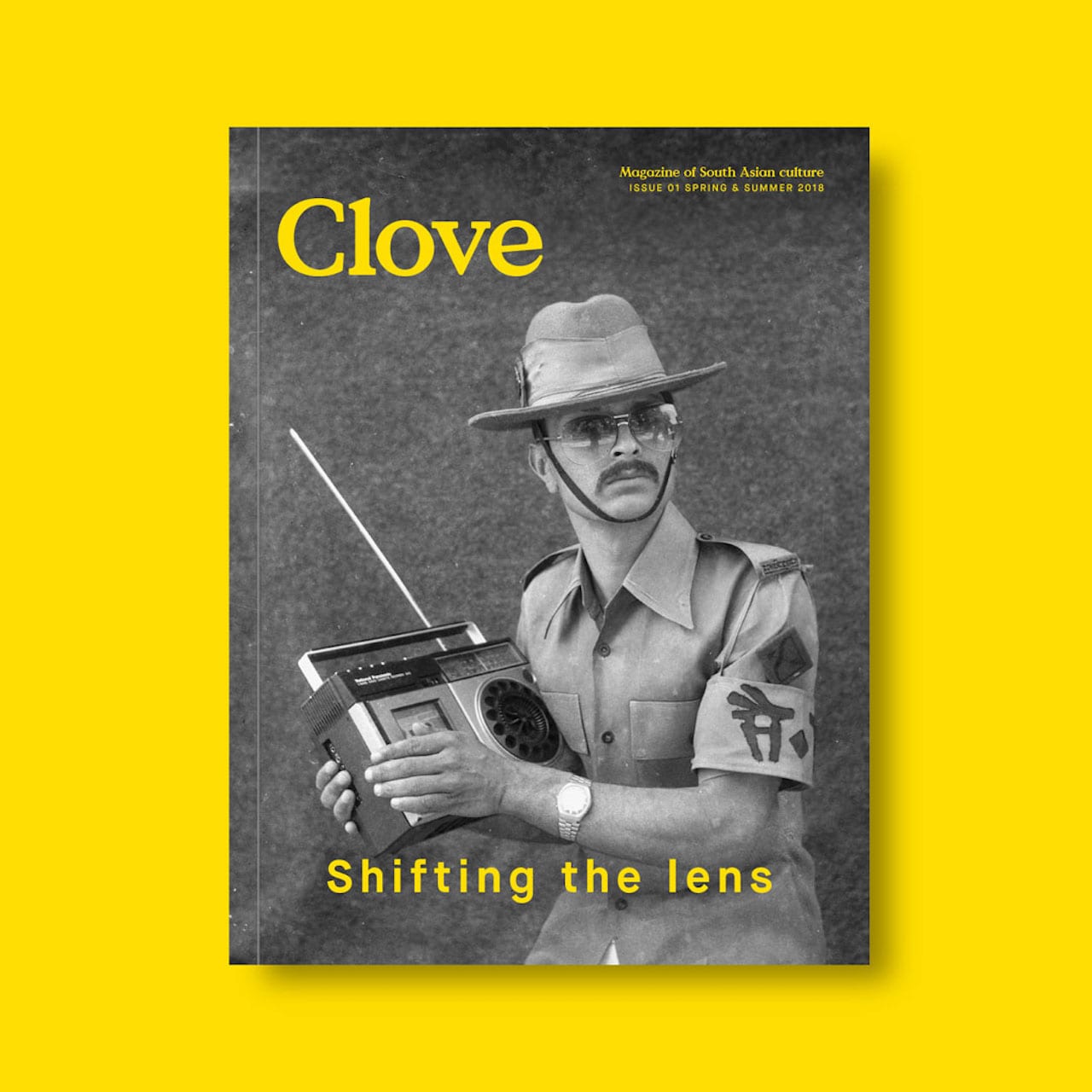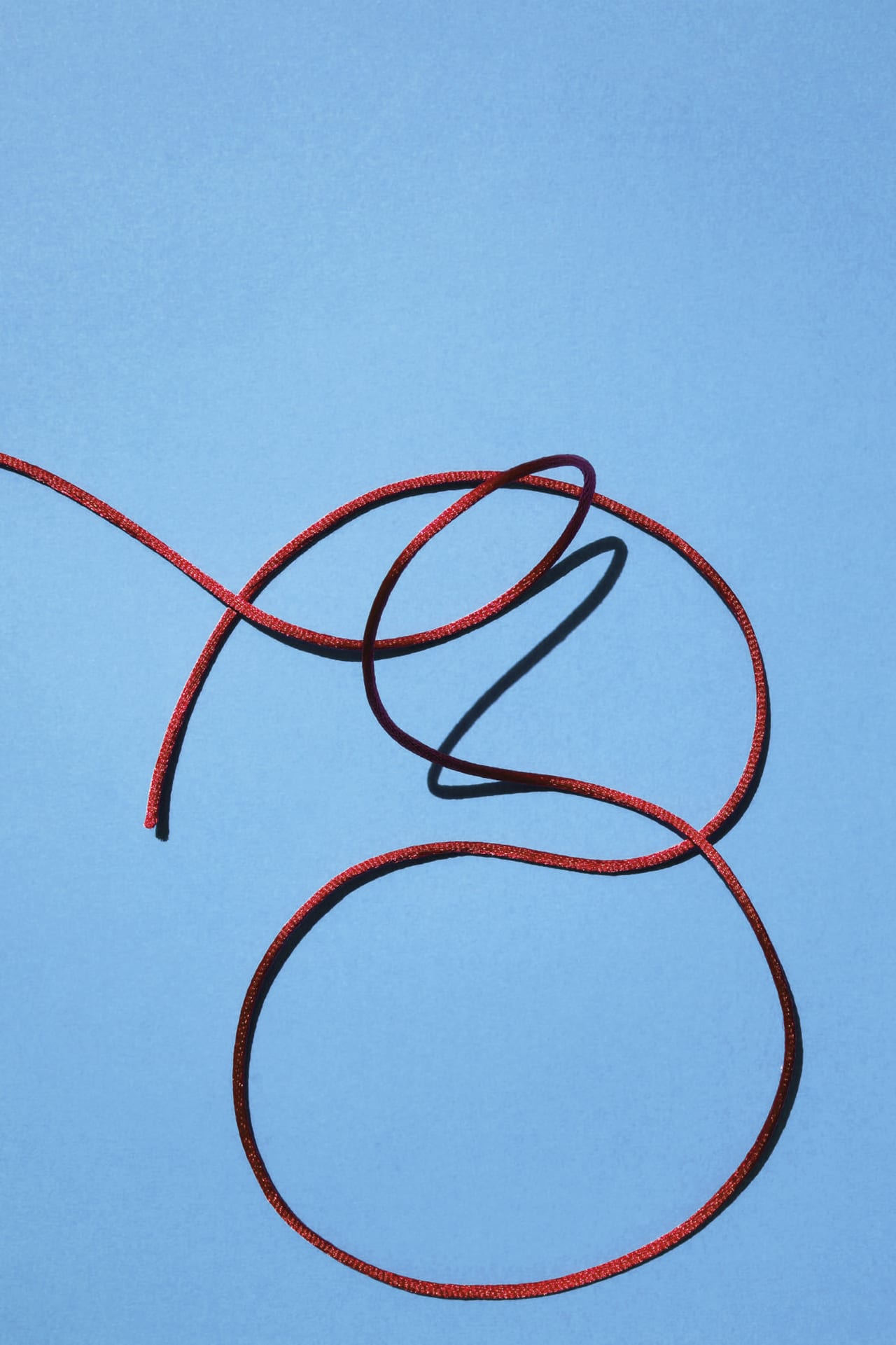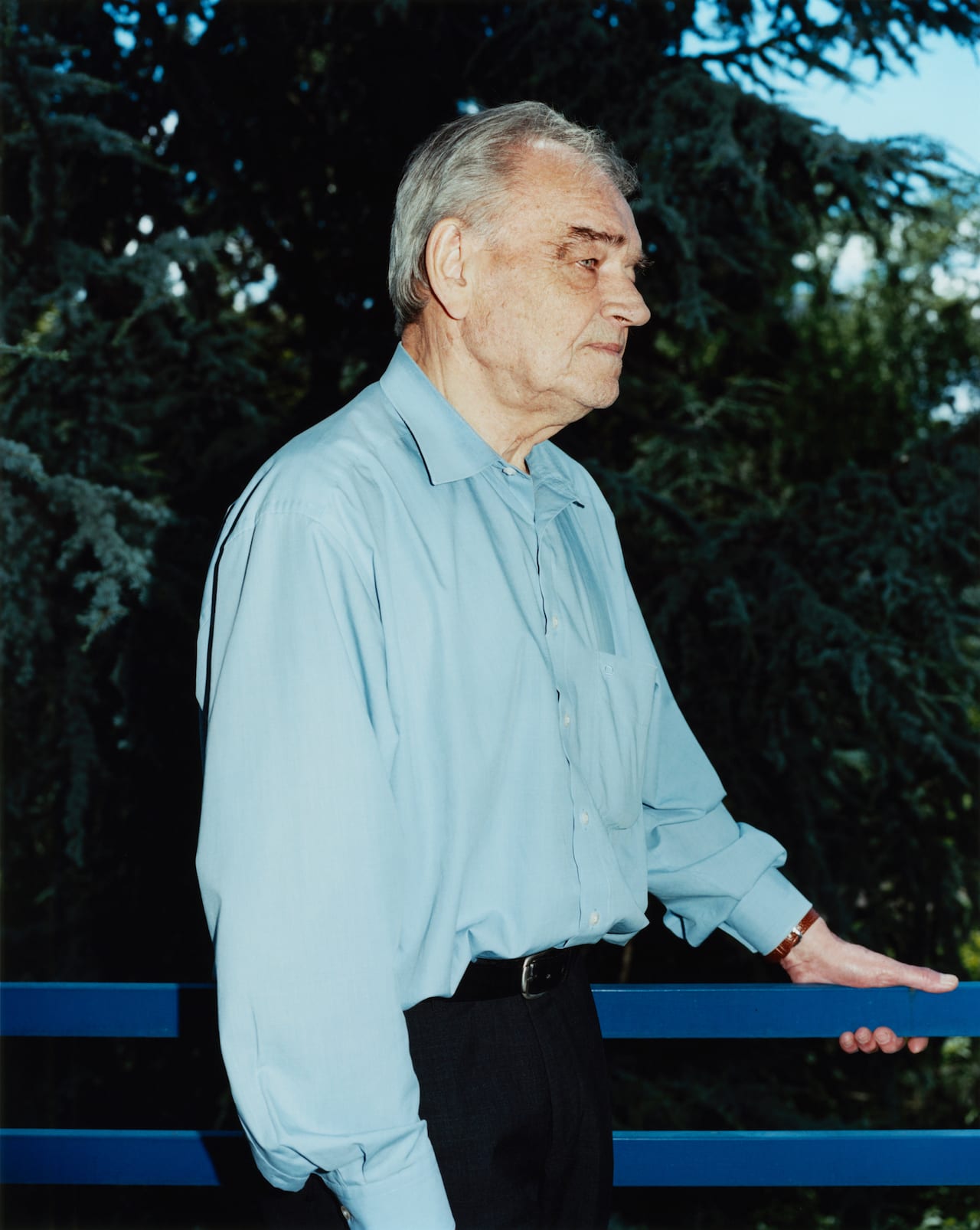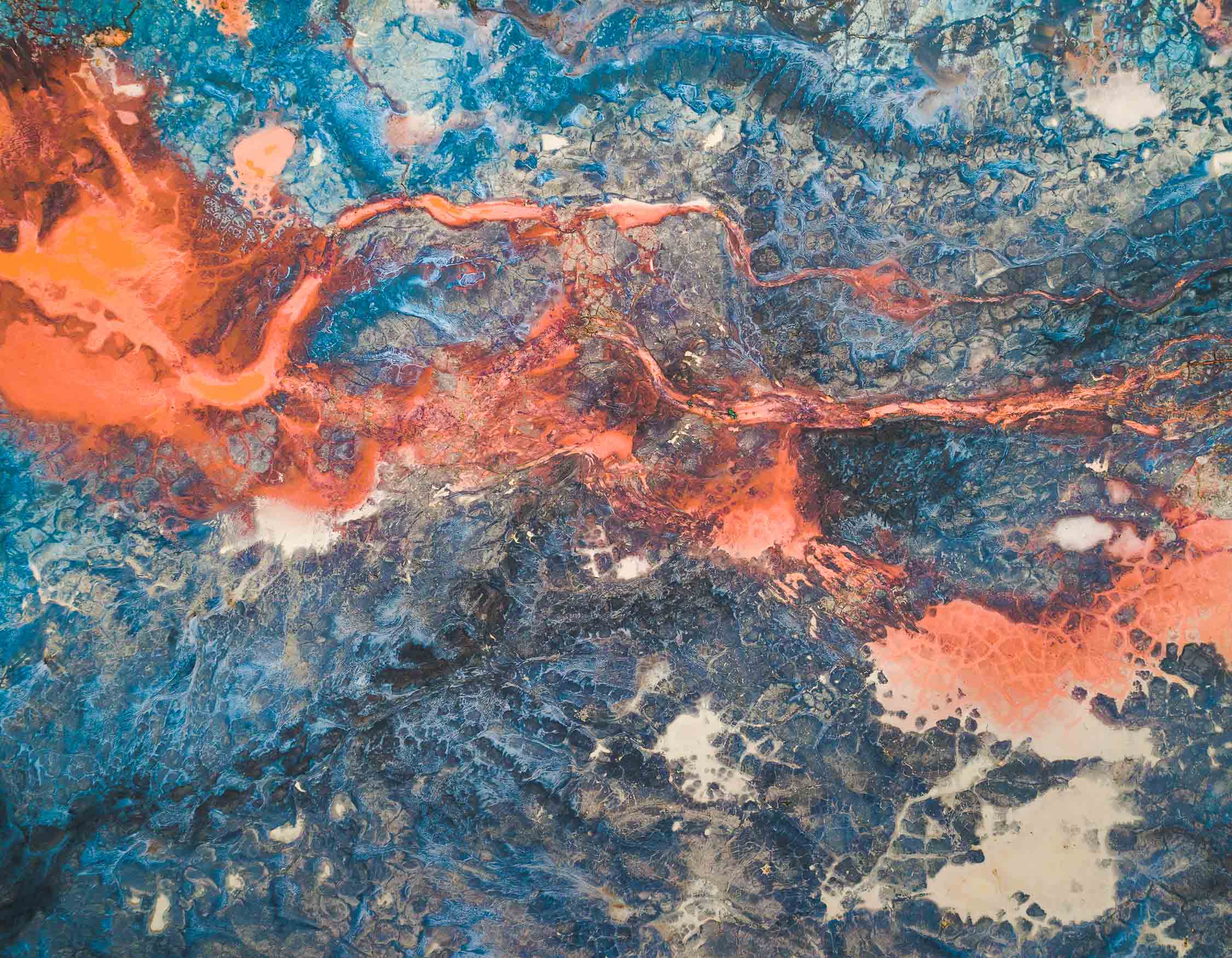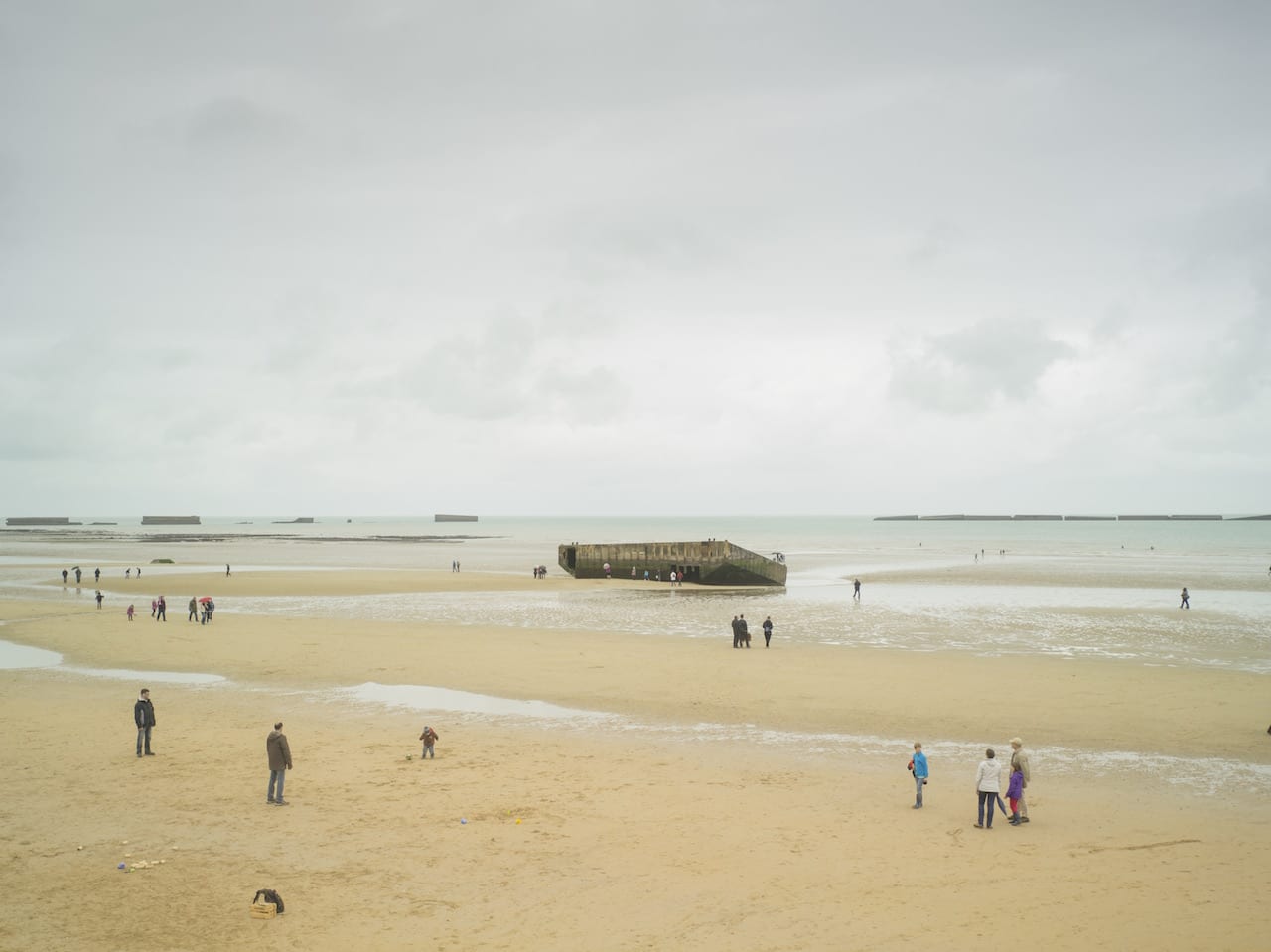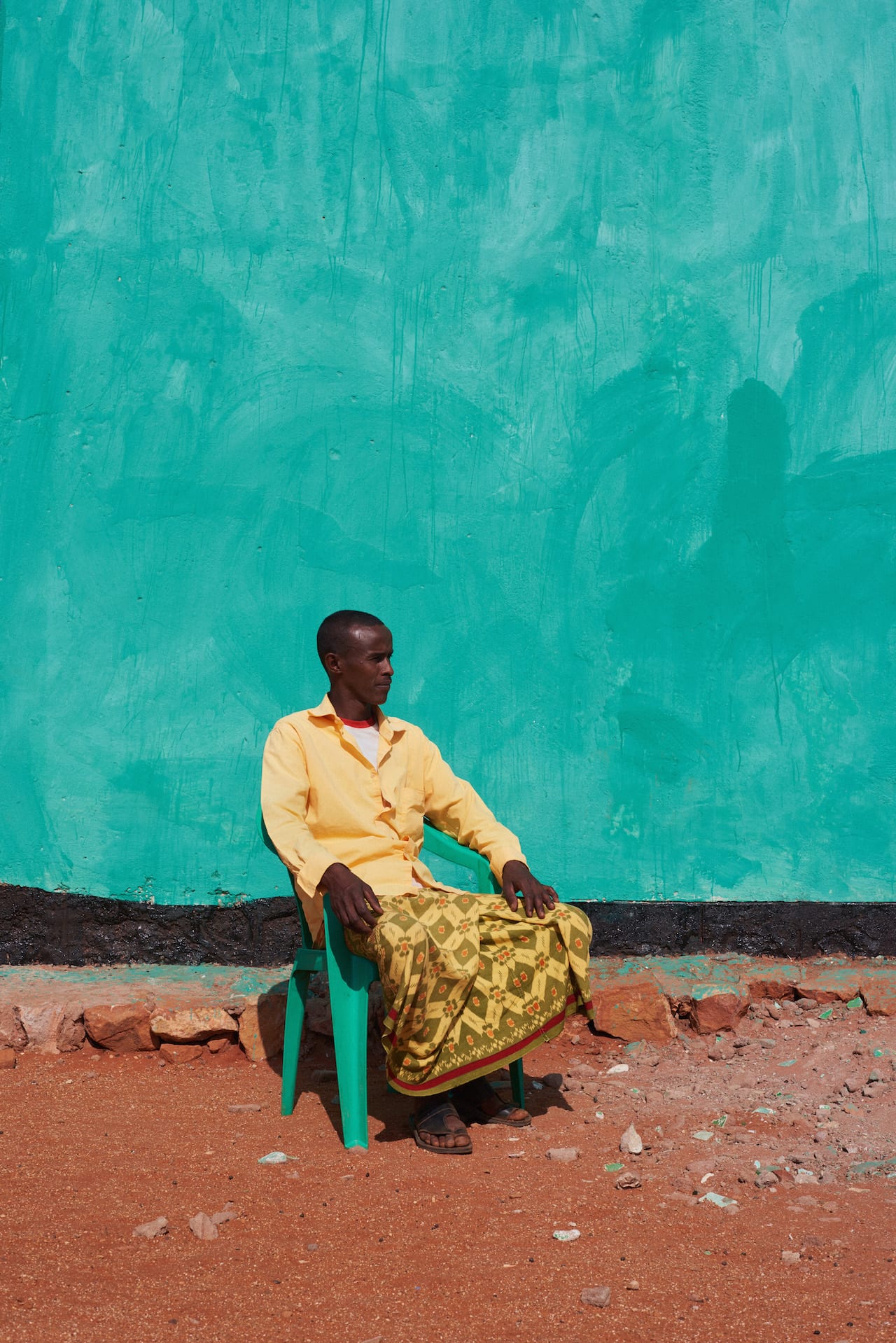A year and a half after the vote that decided Britain would – eventually – leave the EU, and the discourse is just as confusing, chaotic, and convoluted as it ever was. One of the many implications to stem from the Brexit dialogue since June 2016 is, of course, the uncertain future for the 2.3 million citizens of other EU countries who have made their home in the UK. This was something that struck London-based photographer Julian Love, and inspired his most recent project The Europeans.
